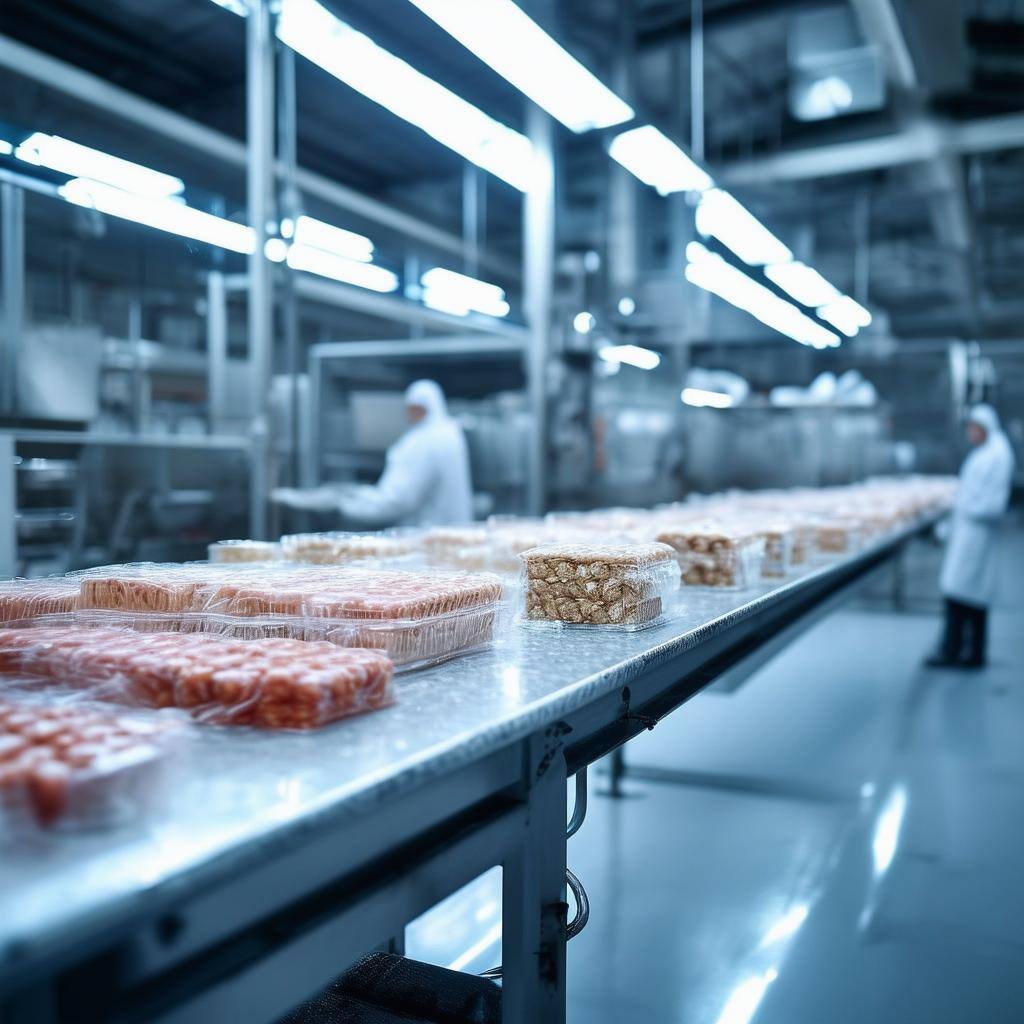OPINION: Caterers should take more food safety measures to avoid E. coli outbreaks
This article originally appeared in Food Service Equipment Journal.
2 min read
 Konnor Baskaran
Oct 17, 2024 10:00:00 AM
Konnor Baskaran
Oct 17, 2024 10:00:00 AM

Coming to terms with the regulatory framework of the food industry is no simple feat. With new and emerging standards and regulations in food safety, this puts pressure on any business operating within the industry to remain compliant without compromising efficiency. For producers, distributors, or sellers of food, one major problem that always persists in the industry is regulatory compliance. Fortunately, digital tools can ease the burden of keeping up with these requirements, including process management software. These solutions have a knack for making compliance manageable, efficient and cost-effective.
The challenge of regulatory compliance
Compliance in food manufacturing is not simply a 'tick-box' exercise; it is very much at the heart of public safety and the reputation of a company. If a business fails to conform to the set standards by the regulatory bodies, huge fines are involved, loss of credibility incurs, and in worse cases, it may even be ordered to shut down. Food safety laws, such as HACCP guidelines, should be followed strictly to minimize risks. The process involves a lot of heavy documentation, prompt reporting and taking necessary steps to considerably reduce the chances of contamination or any mechanical failure.
However, nearly all manual processes lead to human errors, missed inspections, or partial documentation that rapidly erode compliance. This is where process management platforms lend a helping hand.
Using food safety software
Today, food safety software automates many of the tasks that a food business traditionally has to do. One-stop recording, monitoring and management of critical safety data, from tracking food handling processes to hygiene standards, are a few services offered by these platforms.
This type of software enables an enterprise to comply with the standards required in ensuring complete food safety, as outlined by HACCP for instance. It can be programmed to automatically notify workers when safety checks should be performed, record temperature readings, or document cleaning schedules. On top of that, it ensures that everything required is done on time and logged digitally for audit purposes. Having this automated reporting in place reduces the chances of missing an important detail, which would usually form the basis of a compliance breach, thus saving the businesses from unnecessary penalties.
Facilities management & planned preventive maintenance
Food safety compliance enactments largely deal with the proper maintenance of facilities, either production or storage, where food is dealt with. An equipment breakdown has the potential to not only delay the operations, but also create unsafe conditions against safety enactments.
Facilities management software becomes very valuable in this respect as it allows a food business to manage maintenance tasks efficiently. It can be integrated with a computerized maintenance management system to ensure that there is periodic servicing of equipment and that appropriate measures to prevent breakdowns are taken. The schedules for PPM are set within the system, which alerts businesses when equipment is due for servicing. This lowers the risk of unplanned downtime and ensures that all machinery is operating at its optimum safety level - this is crucial from a regulatory compliance perspective.
Quality management system: Why it matters
Other than equipment maintenance for ensuring food safety, food businesses need a general quality management system that guarantees consistency and compliance. QMS provides the perfect forum for the harmonization of processes and improvement in product quality, helping to sustain regulatory requirements.
Utilizing process management software for your QMS will provide companies with better control of their operation. Be it ingredient quality inspection or monitoring of production processes, the system can make sure the best standards are pursued at every level in the supply chain. This helps to maintain regulation compliance while also building a sense of trust among customers.
Digital platforms & proactive compliance
Food industry regulations require constant updates, but this doesn’t necessarily have to mean constant stresses. Merging food safety software, facilities management software and a QMS on an integrated platform enables businesses to be compliant in a proactive way.
Nowadays, food safety is top of the priority list, and therefore, investment in the right process management tools cannot be stressed enough. Rather than waiting for inspections to show the gaps in processes, digital platforms enable food businesses to monitor and manage their operations nonstop.
This real-time oversight cuts risks of compliance breaches, improves operational efficiency and gives peace of mind to businesses needing to meet the latest regulatory standards.

This article originally appeared in Food Service Equipment Journal.
If you’re in the food or catering industry, then chances are you’ll be all-too-familiar with landmark labelling legislation coming into force this...

Equipment covered in meat build-up, condensation dripping from ceilings, overflowing drains clogged with pieces of raw meat and black mold were all...